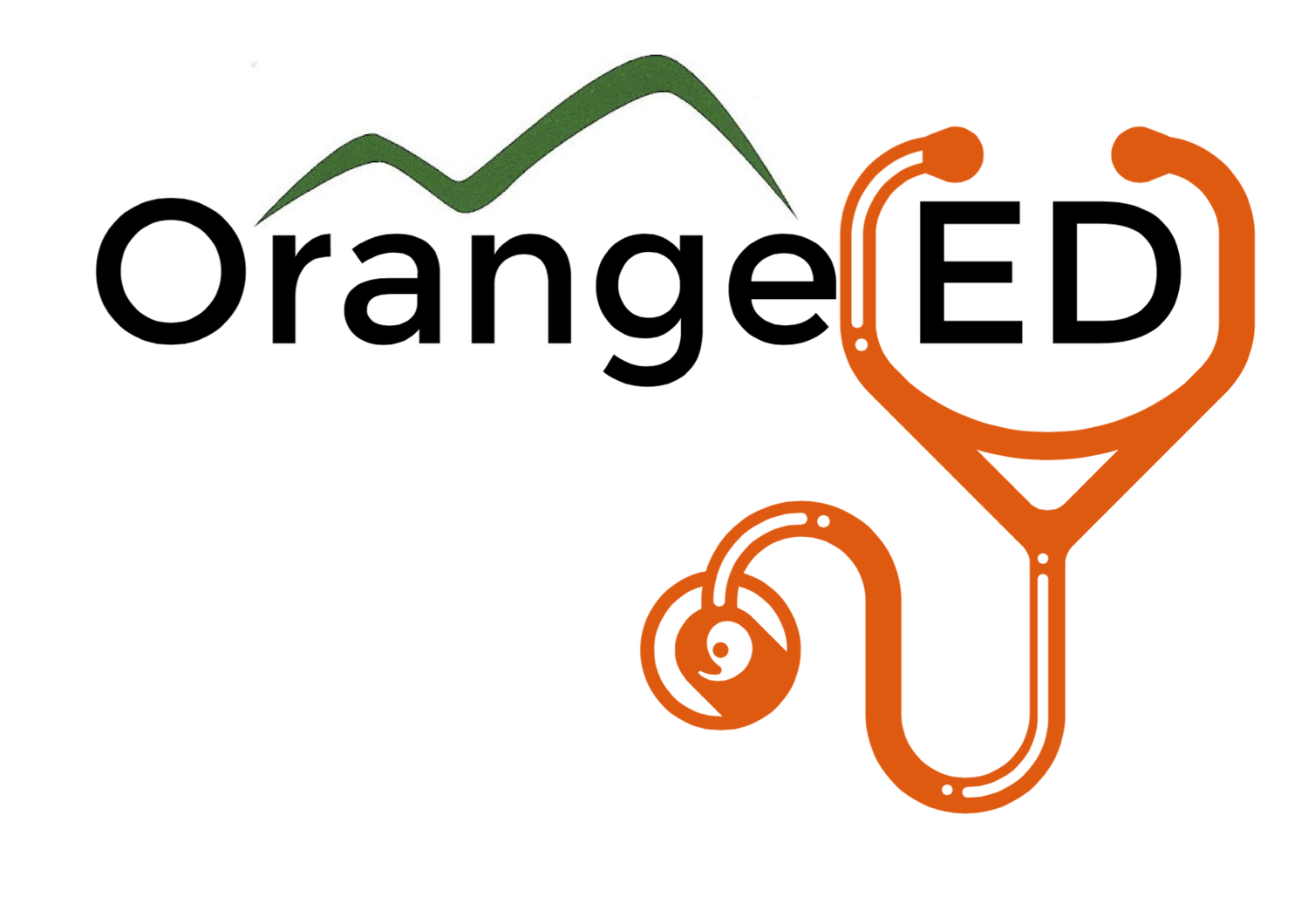Referrals
We are under huge pressure to meet the NEAT target of 72% of patients discharged from A&E in under 4 hours. We also have a huge problem with bed availability, so you need to refer patients as quickly as possible; within 2 hours from arrival should be the target time for referral – if you can do it quicker, that’s great! As soon as you know the patient needs referral, refer; don't routinely wait for investigations (unless clinically indicated to do something different) and then paperwork. There is quite a bit clerical stuff for the nurse coordinator to sort out, Campus NUM to get the bed etc so the quicker you get the ball rolling the better.
Try to make a decision/ plan of action on initial assessment - if it is obvious that the patient needs admission (e.g. strokes, acute abdomen), refer without the results of pending blood tests. You should still send basic investigations, even if it will not influence your decision to admit the patient.
Inpatient teams frequently try to prevent admissions over the phone, often giving advice of a dubious nature. If you take such advice, it turns out to have been incorrect, and the patient suffers adverse consequences, it will unfortunately be YOU that gets in trouble. If the person you are referring to feels that it is safe to send someone home, they should come to see the patient themselves and document the fact in the notes.
We do not, as a rule, ever phone the Specialty team for advice, we phone them to refer patients. If you want advice, speak to one of your seniors.
To try and make the process smoother and more likely to succeed, make the referral succinct and well thought out. Do not ramble on about possible differentials, this will confuse the issue, and make it more likely the inpatient specialty doctor will refuse the patient. Think about what YOU think is the diagnosis is, and a few salient points on why, and present only this to the inpatient specialty doctor, together, if possible, on what you think may be required in hospital. Although we are in ED, you've also worked, or will work, in the inpatient specialties, so having an idea of what the patient is coming in for will help in the referral process and may stop unnecessary referrals.
In general, referral is a one way process. NO patient can be 'referred back to ED'. If the particular specialty who have seen the patient feel it is not theirs, they must refer on to the appropriate specialty. Otherwise you will be left with a patient that nobody wants and spend hours speaking to different specialties of different grades. Any problems speak to a consultant.
(The exception is when you want a patient seen by a specialty for advice only and make it clear that you are maintaining responsibility and are happy to do an appropriate onwards referral).
Referrals Outside the District (Sydney)
Responsibilties for Patients in ED
